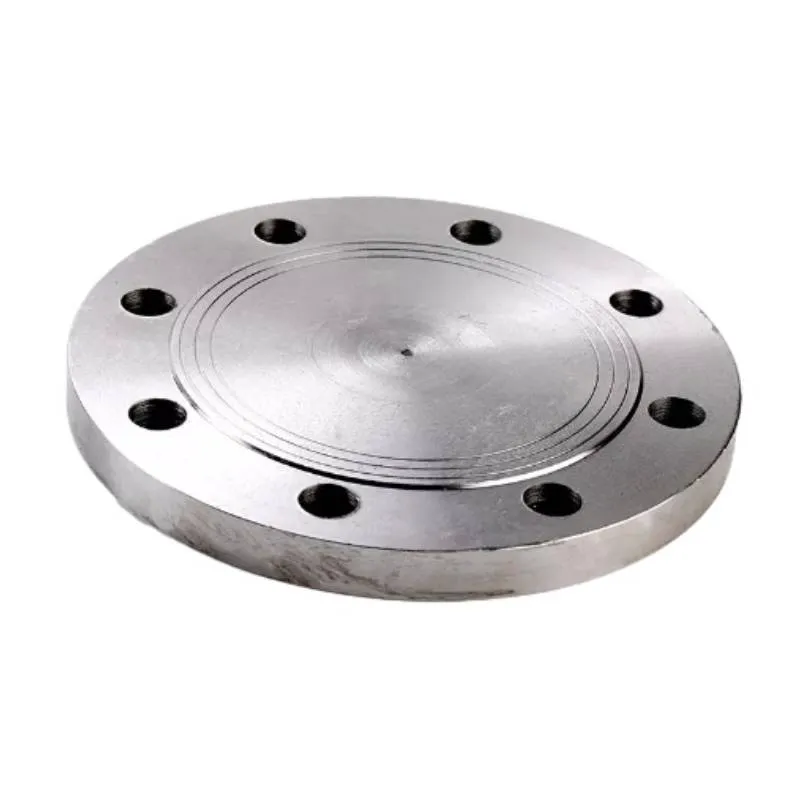-
Cangzhou Yulong Steel Co., Ltd.
-
Phone:
+86 13303177267 -
Email:
admin@ylsteelfittings.com
- English
- Arabic
- Italian
- Spanish
- Portuguese
- German
- kazakh
- Persian
- Greek
- French
- Russian
- Polish
- Thai
- Indonesian
- Vietnamese
- Zulu
- Korean
- Uzbek
- Hindi
- Serbian
- Malay
- Ukrainian
- Gujarati
- Haitian Creole
- hausa
- hawaiian
- Hebrew
- Miao
- Hungarian
- Icelandic
- igbo
- irish
- Japanese
- Javanese
- Kannada
- Khmer
- Rwandese
- Afrikaans
- Albanian
- Amharic
- Armenian
- Azerbaijani
- Basque
- Belarusian
- Bengali
- Bosnian
- Bulgarian
- Catalan
- Cebuano
- China
- China (Taiwan)
- Corsican
- Croatian
- Czech
- Danish
- Esperanto
- Estonian
- Finnish
- Frisian
- Galician
- Georgian
- Kurdish
- Kyrgyz
- Lao
- Latin
- Latvian
- Lithuanian
- Luxembourgish
- Macedonian
- Malgashi
- Malayalam
- Maltese
- Maori
- Marathi
- Mongolian
- Myanmar
- Nepali
- Norwegian
- Norwegian
- Occitan
- Pashto
- Dutch
- Punjabi
- Romanian
- Samoan
- Scottish Gaelic
- Sesotho
- Shona
- Sindhi
- Sinhala
- Slovak
- Slovenian
- Somali
- Sundanese
- Swahili
- Swedish
- Tagalog
- Tajik
- Tamil
- Tatar
- Telugu
- Turkish
- Turkmen
- Urdu
- Uighur
- Welsh
- Bantu
- Yiddish
- Yoruba

Oct . 14, 2024 22:11 Back to list
butt weld concentric reducer
Understanding Butt Weld Concentric Reducers
In the world of piping systems, efficient fluid transport is crucial for various industrial applications. One essential component that facilitates this process is the butt weld concentric reducer. This fitting serves a vital role in connecting two pipes of different diameters, allowing for a smooth transition of fluid flow and maintaining system integrity.
What is a Butt Weld Concentric Reducer?
A butt weld concentric reducer is a type of pipe fitting that allows the connection of two pipes with differing diameters in a concentric arrangement. This means that the larger pipe's end is aligned with the smaller pipe's center, facilitating a smooth transition. The butt weld aspect refers to the method of joining the pipes using a welding technique that ensures a strong and leak-resistant bond.
These reducers are commonly made from various materials, including carbon steel, stainless steel, and alloy steel, which provide durability and resistance to corrosion. The choice of material often depends on the specific application and the type of fluids being transported.
Applications of Butt Weld Concentric Reducers
Butt weld concentric reducers are widely utilized in various sectors, including oil and gas, water treatment, chemical processing, and HVAC systems. Their primary function is to manage changes in pipe sizes efficiently, a common requirement in many piping designs.
butt weld concentric reducer

In oil and gas applications, for instance, these reducers are essential for connecting pipes in transmission lines where different pipe sizes are used to accommodate flow rates and pressures. The use of concentric reducers in these systems helps prevent turbulence and maintain flow efficiency. Similarly, in water treatment facilities, they allow for effective flow management when transporting water through systems that need varying pipe sizes.
Advantages of Using Butt Weld Concentric Reducers
One of the standout benefits of butt weld concentric reducers is their ability to maintain a uniform flow profile. The smooth transition from a larger to a smaller diameter reduces the risk of turbulence and pressure drops, which can occur with other fitting types. This characteristic is critical in maintaining the efficiency of the piping system and reducing energy costs.
Additionally, the butt weld connection provides a strong and permanent bond. This reliability is essential in high-pressure applications where leaks can lead to significant operational issues and safety hazards. The welded joint also offers excellent resistance to mechanical stress, making it suitable for demanding environments.
Concentric reducers are also easier to install in many situations compared to eccentric reducers, especially in designs where vertical alignment is crucial. Their design simplifies assembly, reducing installation time and ensuring a more streamlined workflow on-site.
Conclusion
In summary, butt weld concentric reducers are indispensable components in modern piping systems, facilitating efficient fluid transport and adapting to changes in pipe sizes. Their ability to provide a smooth transition, coupled with their strength and reliability, makes them a popular choice across various industries. Whether in oil and gas, water treatment, or chemical processing, these reducers play a pivotal role in ensuring that systems operate smoothly and effectively. Understanding their features and applications can help engineers design more effective piping solutions, ultimately leading to enhanced performance and safety in industrial operations.
Latest news
-
ANSI 150P SS304 SO FLANGE
NewsFeb.14,2025
-
ASTM A333GR6 STEEL PIPE
NewsJan.20,2025
-
ANSI B16.5 WELDING NECK FLANGE
NewsJan.15,2026
-
ANSI B16.5 SLIP-ON FLANGE
NewsApr.19,2024
-
SABS 1123 FLANGE
NewsJan.15,2025
-
DIN86044 PLATE FLANGE
NewsApr.19,2024
-
DIN2527 BLIND FLANGE
NewsApr.12,2024
-
JIS B2311 Butt-Welding Fittings LR/SR 45°/90° /180°Seamless/Weld
NewsApr.23,2024











